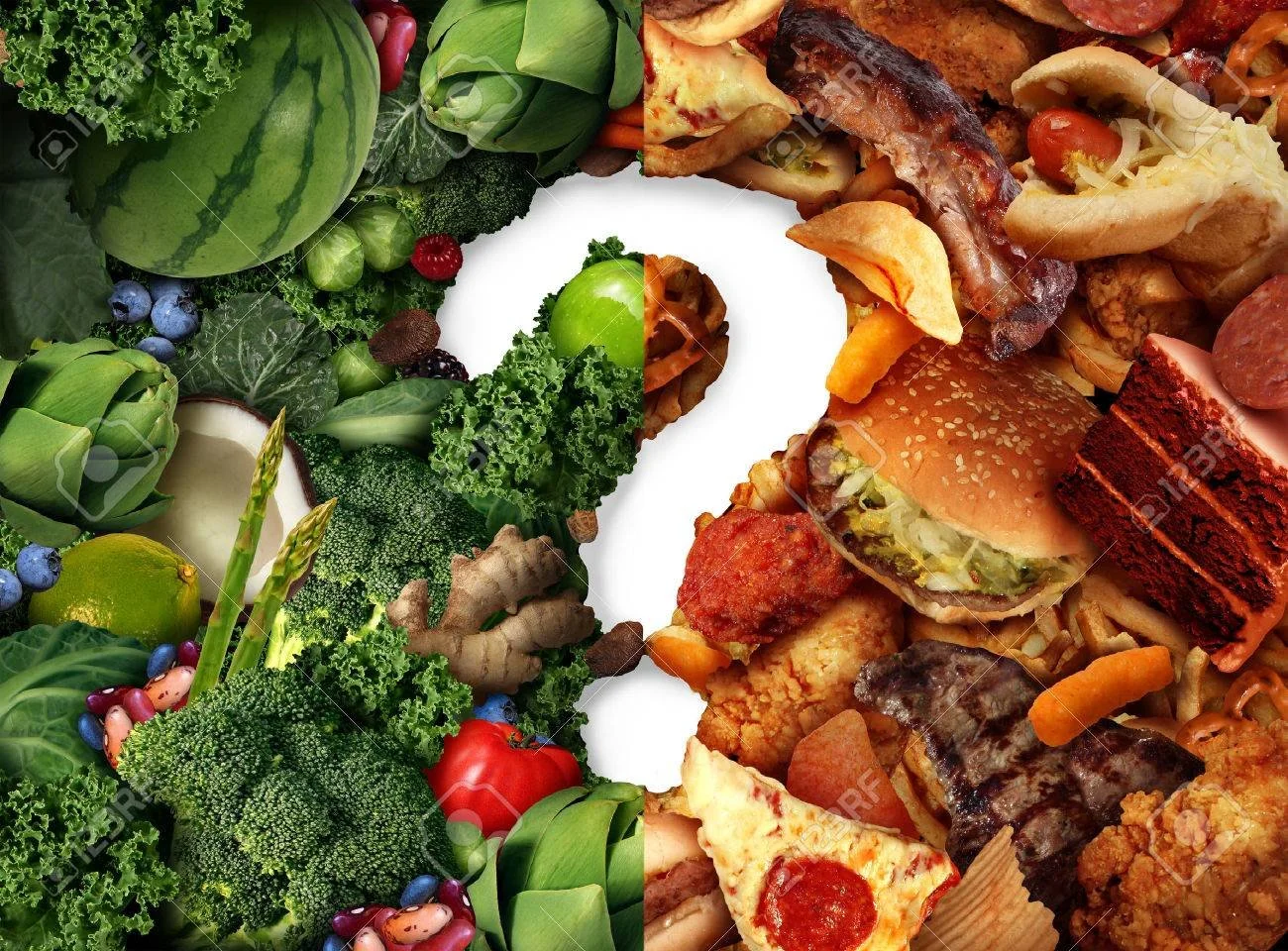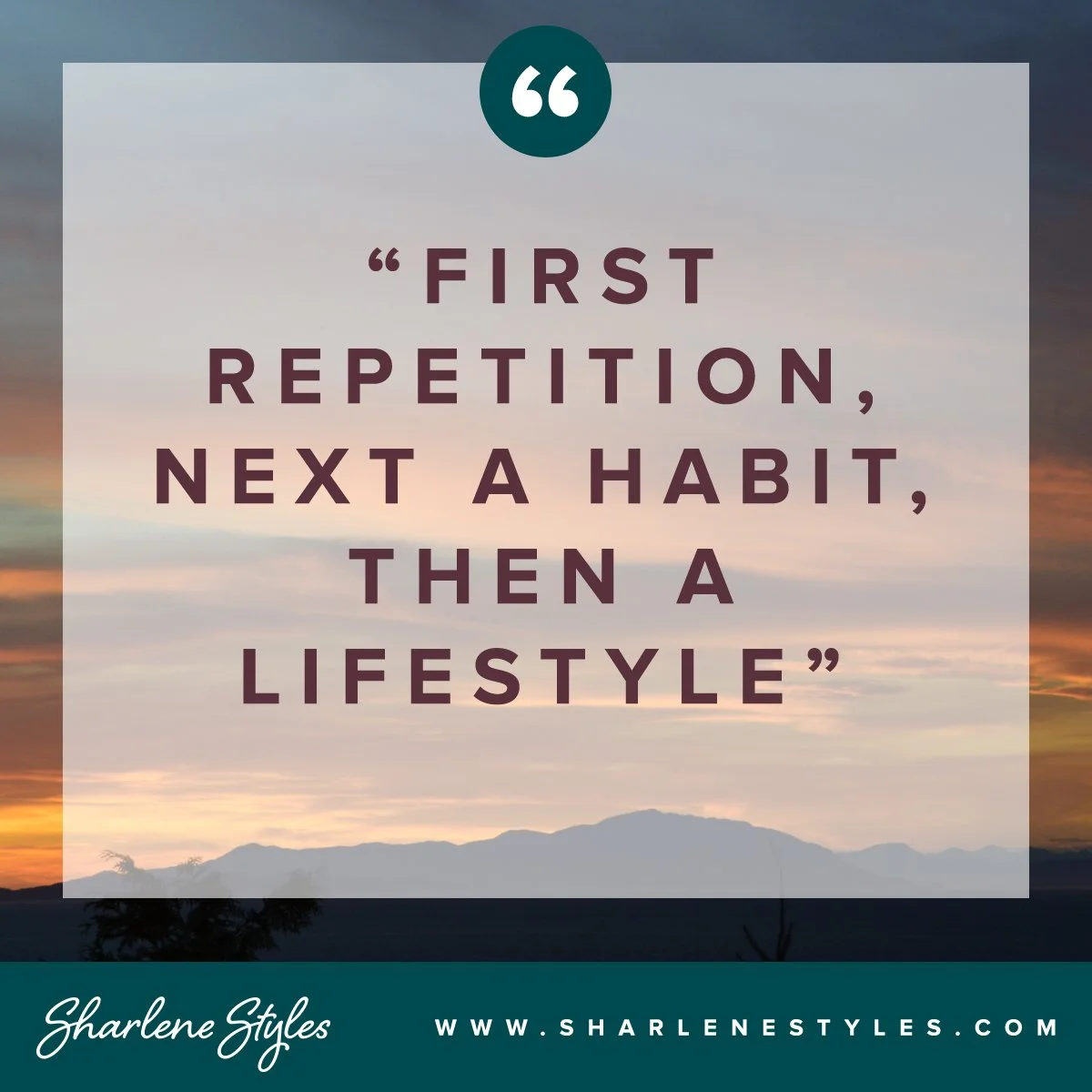Good nutrition isn’t about following the rules.
The healthiest people we know aren’t cardboard cut-outs of perfection.In fact, you might be surprised how they eat.That’s because instead of following someone else’s diet advice, they’ve developed a personal food list based on their own dietary quirks.
You couldn’t predict their lists if you tried.
They take into account not just nutrition, but also their individual taste preferences and how foods make them feel.This approach leaves room for ice cream and tortilla chips and gummy bears—and doesn’t require them to eat “healthy” foods they can’t stand (or aren’t able to tolerate).And you know what? The method works really well.
It allows these folks to eat nutritiously, enjoy their meals, and feel “in control” around food—without feeling restricted or deprived. The best part: Anyone can do this.
Introducing the traffic light eating method.
Using this system, you’ll define your own “green light,” “yellow light,” and “red light” foods based on how they work for you. (And spoiler alert: “Red light” doesn’t mean bad.) As you’ll see, nutrition-quality is an important element in choosing foods—but it’s not the only one. Your likes and dislikes, habits, goals, and physiology all play a role, too.
Let’s walk through it.
Green light foods = anytime, anywhere foods
These are foods you eat regularly and with ease. You can eat them normally, slowly, and in reasonable amounts.
Whole foods usually make up most of this list, but it may also include foods that you enjoy purely for pleasure, in amounts that work well for you.
Nutrient density isn’t the only criteria here: Your “green lights” are foods that you enjoy, align with your culture and lifestyle, and make your body and/or mind feel good.
And, while we encourage mindful eating, green light foods are ones you don’t have to think too much about. You just eat and enjoy them: simple as that.
Yellow light foods = “sometimes” / “maybe” / “small doses” foods
Your “yellow lights” are foods you might eat occasionally, with a degree of caution or mindfulness.
Maybe they trigger a bit of indigestion (but not a full-scale emergency trip to the restroom). Perhaps you prefer to enjoy them in small, bite-sized doses. Or only on certain occasions, like out at a restaurant with friends.
It’s worth noting that yellow light foods don’t have to be “problem” foods.
They might be nutritious foods you incorporate into your diet, sometimes.
Maybe you’re “meh” about eggplant, but you’ll eat it when your partner cooks it, or it’s part of a restaurant dish.
Or you’ll eat tofu once a week on “meatless Mondays.”
Or you cook okra, but only on the weekends when you have time to make it just right.
We’d consider these yellow light foods.
As you can see, “yellows” can be any type of food. Alcohol and certain “junk foods” might wind up in this category, but heck, so could kale.
Red light foods = foods you typically avoid, minimize, or make less available
Red light foods aren’t bad. They’re just foods that you choose not to eat (at least most of the time).
Red light foods may not work for you because:
They don’t help you achieve your goals
You always overeat them
You’re allergic to them
You can’t easily digest them
You just don’t like them
Ultra-processed foods often fall into this category since many folks find that, once they start eating them, they can’t stop. Some people even call them “trigger foods,” because after taking a single bite, they blink, and the couch is covered in Cheeto dust and empty ice cream cartons.
Again, this doesn’t mean you avoid these foods all the time.
For example, you might not want to keep the freezer stocked with cheesecake, but perhaps you’ll happily enjoy a generous slice on a special occasion.
At the same time, so-called “healthy” foods can wind up on the red light list too.
If broccoli makes you gag, put it on the red light list. (Because who wants to eat foods they hate?)
If apples cause you to break out in hives, that’s a red light.
If plain, baked chicken breast makes you feel like a deprived dieter, you guessed it—red light food.
Worth reiterating: Putting something on your red light list doesn’t mean you can never eat it again. In fact, unless you have severe allergies, it can be worth experimenting with now and then.
You might grow to love something you currently dislike. Or become better at eating it in moderation.
Hold up: Couldn’t the traffic light system promote shame, guilt, or disordered habits?
Our answer: It depends on how you use it.
The idea behind this traffic light system isn’t to label foods or follow a particular system “perfectly.”
The purpose, rather, is to build awareness about which foods work best for you, and which ones don’t. So you can make informed decisions for yourself.
This can be life-changing.
When you know which foods work well for you, which ones are “meh,” and which ones cause unwanted issues, food choices become easier.
Plus, you can adapt your traffic lights at any time. They evolve with you.
Better still, you make decisions based on YOU. Your body, your mind, your health. Not someone else’s diet, meal plan, points, or rules.
From Kayla Smith (an article from Precision Nutrition)



